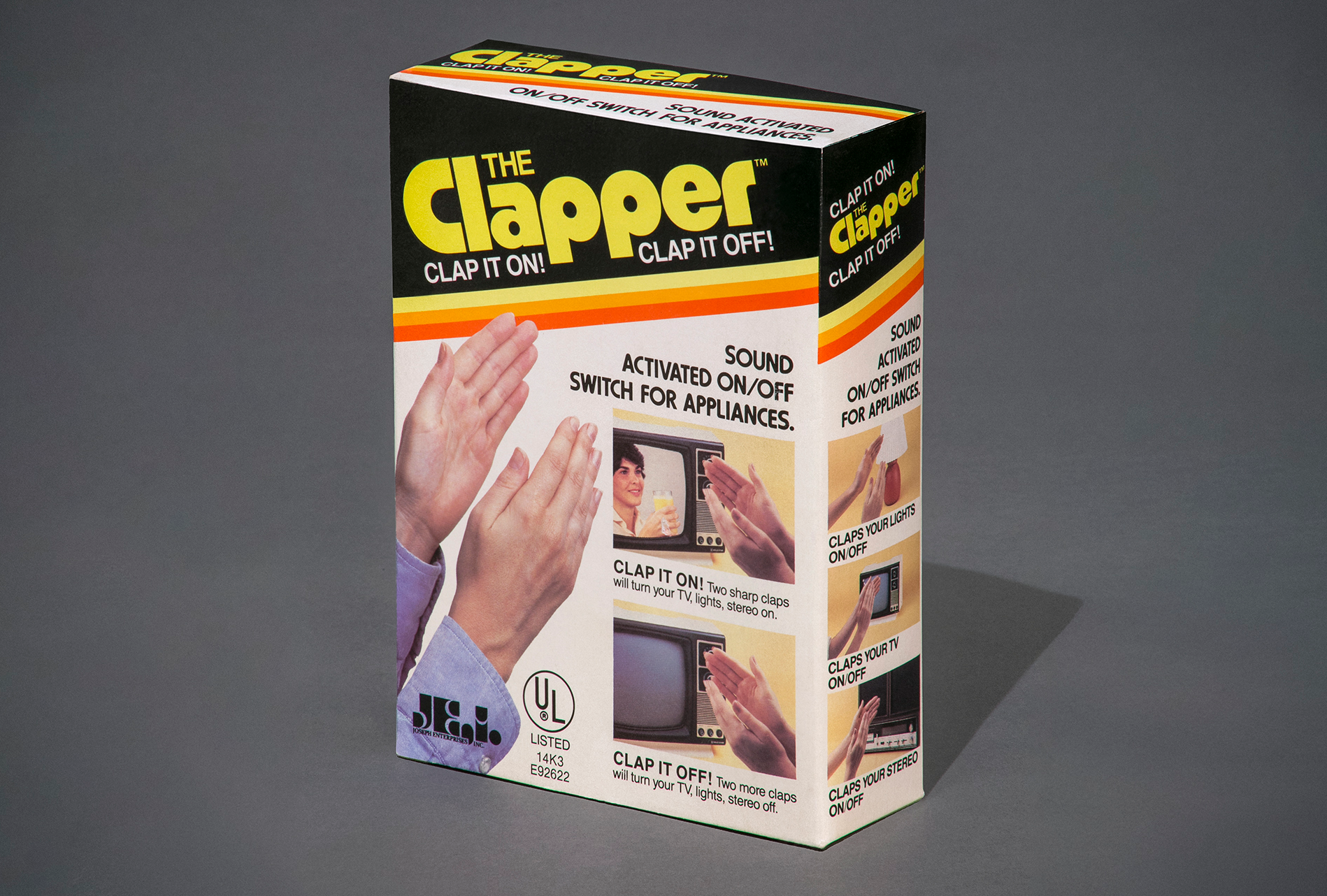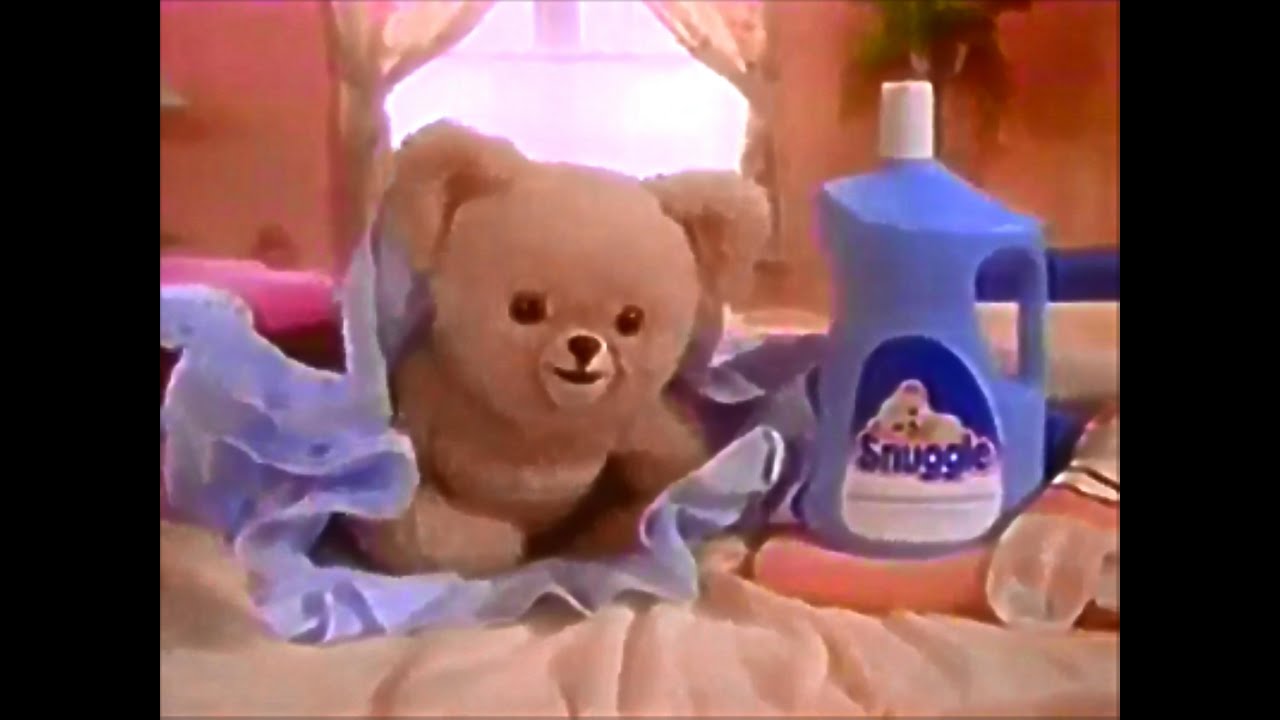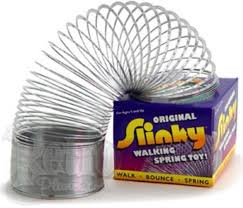 Long before water parks dotted every suburb, and before backyard playsets looked like miniature amusement rides, there was one universal, chaotic symbol of summer in the 1980s: the Slip ‘N Slide. That long, thin, plastic sheet—bright yellow and daringly slick—was the key to turning a backyard into a gravity-defying, belly-flopping thrill ride. It was cheap, exhilarating, slightly dangerous, and absolutely essential. On any given afternoon between June and August, you could hear the screams and laughter of kids flinging themselves headfirst down a watery runway, chasing a fleeting moment of coolness, adrenaline, and joy.
Long before water parks dotted every suburb, and before backyard playsets looked like miniature amusement rides, there was one universal, chaotic symbol of summer in the 1980s: the Slip ‘N Slide. That long, thin, plastic sheet—bright yellow and daringly slick—was the key to turning a backyard into a gravity-defying, belly-flopping thrill ride. It was cheap, exhilarating, slightly dangerous, and absolutely essential. On any given afternoon between June and August, you could hear the screams and laughter of kids flinging themselves headfirst down a watery runway, chasing a fleeting moment of coolness, adrenaline, and joy.
Invented in the 1960s and sold under the Wham-O brand, the Slip ‘N Slide had been around for a while by the time the 1980s rolled in. But it was during this neon-soaked, high-energy decade that the product became a full-blown phenomenon. Wham-O’s aggressive marketing and the era’s booming toy culture collided perfectly. By the mid-80s, commercials showed shirtless, sun-soaked kids flying down the plastic like human torpedoes, leaping, spinning, racing their siblings, all in slow motion, drenched in a perfect mist of sprinkler-fed water. It looked like the best thing ever. And for many kids—it was.
The original design was beautifully simple. A narrow sheet of plastic, typically about 25 feet long and barely wide enough for a single child, was staked into the lawn and connected to a garden hose. Small holes along the edge of the slide sprayed water across its surface, creating a slick, slippery runway. Gravity and water pressure did the rest. You’d get a running start, dive belly-first onto the plastic, and ride the wet surface until you skidded to a stop—or veered off into the grass, depending on your trajectory.
What made the Slip ‘N Slide so unforgettable was its mix of simplicity and speed. There was no setup like a pool, no rules like a sport. Just plug it in and go. In the heat of summer, it was the ultimate relief. The first ride down was often cautious, a test run to feel out the surface. But once you knew how it worked, it became a dare. Could you run faster? Could you slide farther? Could you go knees-first or spin mid-slide? Entire afternoons disappeared into these tiny, absurd competitions.
Of course, not every lawn was created equal. The ideal backyard for a Slip ‘N Slide was flat, grassy, and free of rocks. But most weren’t. Kids often learned the hard way what lay hidden just below the surface—tree roots, small stones, sticks, sprinkler heads. Hitting one of these mid-slide could lead to a bruised hip or a scraped elbow. But in the 1980s, danger wasn’t a deterrent. It was part of the fun. You’d brush yourself off, move the slide a few feet to the left, and go again.
Sometimes, the thirst for speed and spectacle led to elaborate modifications. Buckets of dish soap were poured across the plastic to make it slicker, turning the Slip ‘N Slide into a frothy runway of chaos. Brave (or reckless) kids added ramps at the end, hoping to launch into the air like backyard Evel Knievels. Some even linked multiple slides together to create mega-slides that curved around yards or down hills, often with hilarious—and painful—results. But every bump, bruise, and grass-stained stomach was worth it.
The 1980s also brought innovation to the basic design. Wham-O began releasing deluxe versions of the slide. Some had built-in splash pools at the end. Others included inflatable arches that sprayed water from above. Some were double-wide for racing. Commercials aired nonstop on Saturday mornings, showcasing kids in bright swimsuits soaring across manicured lawns with perfect form. They made it look easy, effortless, and perfect. And while real-life Slip ‘N Slides were often less glamorous—pockmarked lawns, cheap hoses, and the occasional bee in the grass—they still captured the same spirit of reckless, joyful abandon.
Part of the appeal of the Slip ‘N Slide was that it wasn’t just a toy—it was a social event. You rarely slid alone. Neighborhood kids gathered, towels over their shoulders, ready to get soaked. The Slip ‘N Slide was the centerpiece of every summer birthday party, block party, or impromptu backyard gathering. Parents set up lawn chairs nearby. Siblings took turns timing each other. Occasionally, even the adults got involved—though this usually ended with someone pulling a hamstring or getting grass-burned.
It wasn’t long, however, before the Slip ‘N Slide’s rougher edges started drawing concern. Injuries—mostly among teens and adults who weighed more than the thin plastic could support—began popping up. Wham-O was forced to issue warnings: this toy is for children only. The combination of water, gravity, and a 180-pound man on his stomach wasn’t just unwise—it was a recipe for disaster. But for the kids who used it as intended (and sometimes not-so-intended), the Slip ‘N Slide remained a safe haven of summertime freedom.
Looking back, what makes the Slip ‘N Slide so iconic isn’t just the product itself, but the way it fit into the larger fabric of 1980s childhood. This was an era when unsupervised play was still the norm, when backyards were the entire world, and when summer stretched out like an endless invitation. The Slip ‘N Slide represented everything great about being a kid in that time. It was affordable. It was active. It was just dangerous enough to feel exciting. And most of all, it was completely absorbing. Hours slipped away on that slick plastic, as did the worries of school, chores, and curfews.
In the decades since, Slip ‘N Slides have evolved. There are inflatable versions, multi-lane versions, even motorized models that add fountains and foam. But the core concept hasn’t changed. It’s still about that first running leap, the sound of water hissing through tiny holes, the brief weightlessness as your body leaves the grass and connects with that cold, wet surface. That moment—half-flight, half-flop—is the same now as it was in 1984.
Today, for those who grew up with one, the Slip ‘N Slide is a symbol. A yellow ribbon of plastic nostalgia. It brings back memories of hot sidewalks, sunscreen-sticky fingers, and Kool-Aid breaks between turns. It reminds us that sometimes, the simplest ideas make the biggest impact. And it proves that no matter how fancy toys become, nothing beats the joy of sliding across your backyard, water spraying in your face, while the world cheers you on.


